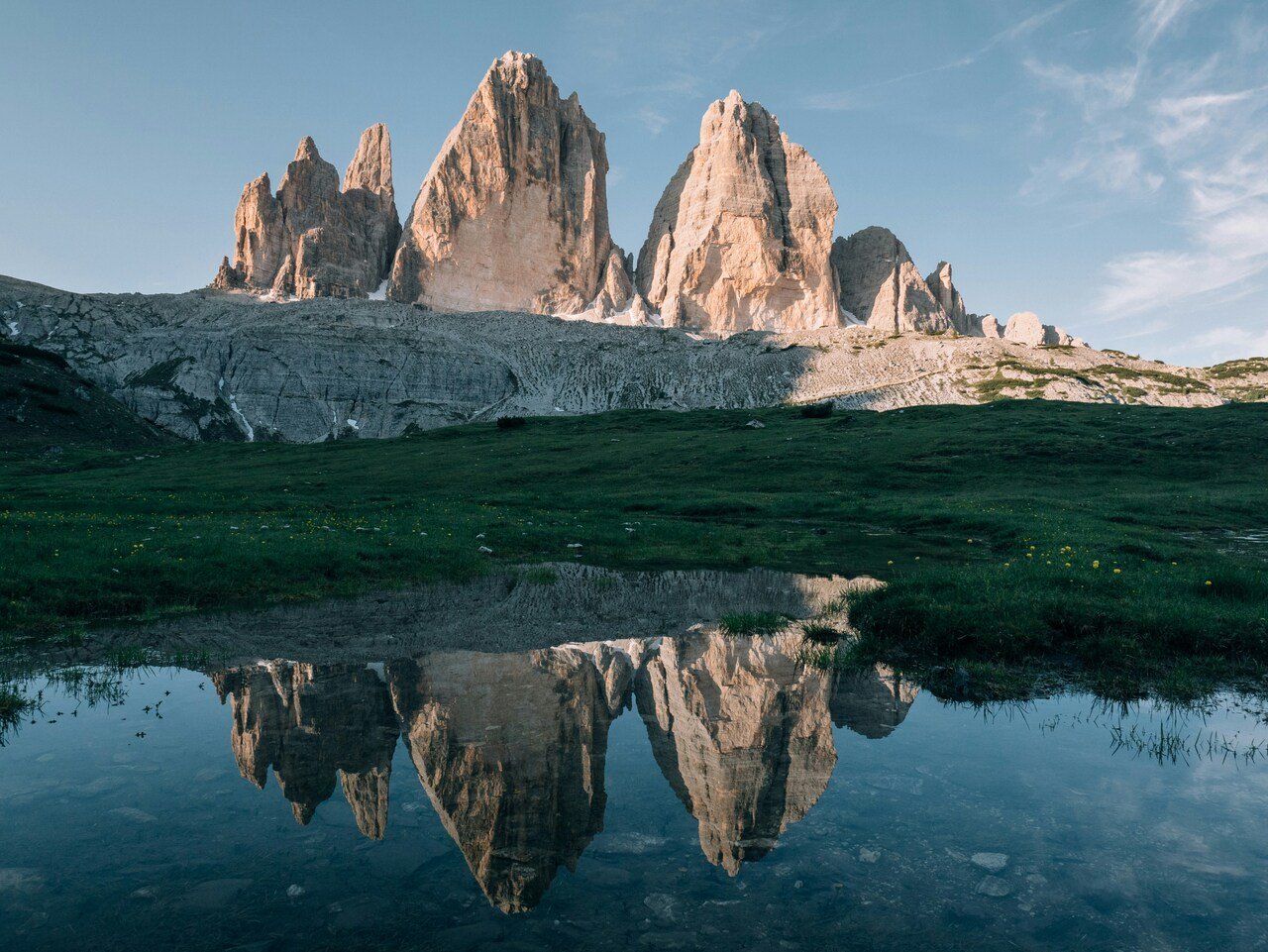
The classic trails
If you were to ask what the most popular hike in Europe is, most people would probably say the Dolomites. In particular, the Alta Via 1 route in the Eastern Dolomites is a must-do for any hiking enthusiast out there. The scenery here is absolutely stunning, with lush valleys and dramatic peaks along the way. The experience can also be made super authentic by staying in traditional rifugios (mountain huts).In contrast, the West Highland Way in Scotland is a very different yet just as popular destination in Europe. This route leads you through vastly different landscapes, featuring lochs, moors, and mountains. Besides the natural beauty of this area, hikers also get a chance to immerse themselves into the local history and legends.
Lesser-known gems
While the classic trails attract many hikers, Europe is also home to numerous lesser-known routes that promise equally stunning views with fewer crowds! For instance, the Laugavegur Trail in Iceland is a challenging trek that rewards you with the most otherworldly landscapes: hot springs, glaciers, colourful mountains, and other nature wonders.Commonly deemed as one of the toughest long-distance hikes in Europe, the GR20 in Corsica is another hidden gem. This route is brimming with lush forests and picturesque villages, which make every sweat drop well worth it.
Preparing for your hike
The majority of these hiking trails or walking holidays are long-distance, meaning they can take 7–14 days to complete. Therefore, going on such an adventure does require a lot of preparation. Here are some tips for less experienced hikers:
Research and plan
Researching your chosen trail in advance can be incredibly helpful to understand the different sections of the route, the trail conditions, any potential hazards or notable landmarks along the way. You should also keep a note of available amenities, such as mountain huts, planning where you will be staying each night. The popular trails in Europe will often be marked, but having a map or a GPS with you is useful either way.
Pack wisely
Bring appropriate gear for the terrain and climate of your chosen destinations. Essentials include sturdy hiking boots, weather-appropriate clothing, a small first aid kit, navigation tool, and enough food and water. If you are planning to camp, you will want to invest in lightweight and high-quality camping gear.
Fitness and training
Training is not necessary for every hiking trip, but it will help you get in a good physical condition before your big adventure. This will ensure that you have higher endurance as well as prevent potential injuries. You can prepare for your hike by going on regular shorter hikes in the months leading up to it.
Respect the nature
Practising the Leave No Trace principles is a big deal among the hiking community. Try your best to minimise your impact on the environment: dispose of waste responsibly, stay on marked trails, respect wildlife and local communities.


Comments